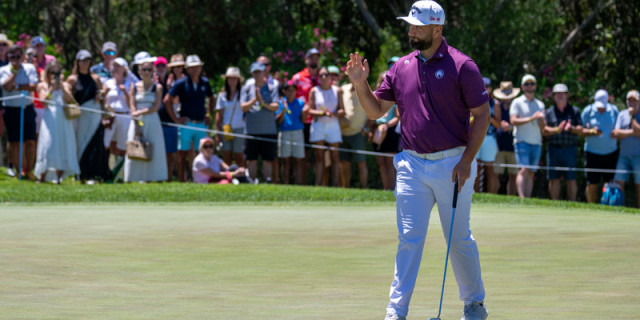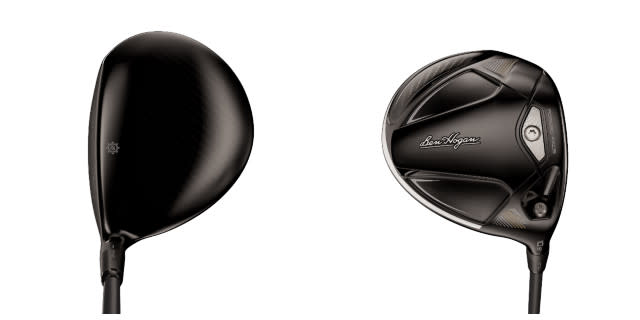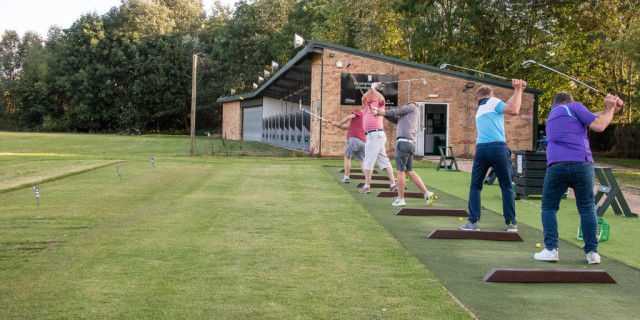
The Country Club at Brookline - What You Need to Know
The Country Club, Brookline, will host the US Open for the fourth time but the course will see some changes from when Curtis Strange defeated Nick Faldo in 1988.
The USGA have said it will play 250 yards longer at 7,264 yards, and it will play to a par 70. It was a par 71 in 1988 and when Julius Boros won in 1963. The Country Club was a par 73 when it first hosted the U.S. Open, won by local amateur Francis Ouimet in 1913.
The course used for major tournaments, including the 1999 Ryder Cup, is a composite of the one played by members and a third nine.
This year’s championship course will add the 11th hole from the main course, a tiny but challenging par three measuring just 131 yards, and lose the fourth hole. The 10th hole has been shortened from a 515-yard par 5 to a 499-yard par 4. The 14th, previously 450 yards, is now a 619-yard par five.
Brookline features small greens and extremely tight fairways.
The previous three Opens at Brookline have all gone to an 18-hole playoff. The USGA now has a two-hole aggregate playoff. That was instituted in 2018. The last US Open playoff was when a hobbling Tiger Woods beat Rocco Mediate over 91 holes in at Torrey Pines in 2008. It’s the major that has gone the longest since its last playoff.
US Open Key Numbers
THIS is the fourth US Open to be played at Brookline Country Club - all three previous tournaments ended in playoffs.
And here are a few other numbers relating to the tournament.
- 1895 first US Open is played
- 2010 Graeme McDowell became the first European winner since Tony Jacklin in 1970.
- 10 number of former champions in the field at Brookline.
- 2 if the tournament goes to a playoff it will be decided over two holes. If they are still tied it will be decided by sudden death
- 278 Curtis Strange’s winning total at Brookline in 1988
- 4 number of times Jack Nicklaus, Ben Hogan and Bobby Jones won the US Open
- 15 Tiger Woods’ record margin of victory when he won any Pebble Beach in 2000
- 45 Hale Irwin’s age when he became the oldest winner
- 6 record number of runner-up finishes by Phil Mickelson
- 130 record 36-hole total achieved by Martin Kaymer when he won in 2014
- 16 record number of consecutive top-10 finishes achieved by Ben Hogan
- 44 consecutive starts by Jack Nicklaus
- 63 lowest 18-hole score, achieved by six players
The Country Club - Hole-by-Hole Guide
1st, 488 yards, par 4
A testing opening hole plays slightly from right to left, with two bunkers guarding the corner of the dogleg. Three more bunkers guard the entrance to the green.
2nd, 215 yards, par 3
Two bunkers well short of the green will not come into play for the professionals, but another two short and long left await an errant tee shot.
3rd, 499 yards, par 4
The fairway narrows around 310 yards from the tee, meaning many players could opt to lay further back. That will leave a tough approach to a green protected by five bunkers.
4th, 493 yards, par 4
A blind tee shot adds to the difficulty of this lhole, which features fairway bunkers short of the green which slopes from back to front.
5th, 310 yards, par 4
A reachable par four, although it plays uphill and the narrow entrance to the green is guarded by four bunkers. Laying back off the tee leaves a blind approach.
6th, 192 yards, par 3
Bunkers left and right guard the entrance to a multi-tiered green which sits at a slight angle and offers tough pin positions.
7th, 375 yards, par 4
Trees to the left and bunkers to the right demand a precise tee shot, although most players will not hit driver.
8th, 557 yards, par 5
The shortest of the two par fives is reachable in two for most of the field. Only one of the hole’s nine bunkers, right of the green, should pose a problem.
9th, 427 yards, par 4
A large water hazard eats into the right-hand side of a narrow fairway, most significantly around 320 yards from the tee. Bunkers on either side guard a small green.
10th, 499 yards, par 4
A slight dogleg from left to right with no fairway bunkers, but six around the green.
11th, 131 yards, par 3
The shortest hole on the course was played as the 10th in the 1913 US Open and was not used in 1988. Bunkers protect the front and left of the green.
12th, 473 yards, par 4
A slight dogleg right with two bunkers on the corner of the dogleg. The pond short right of the green should not be a factor, but the green is a small target.
13th, 440 yards, par 4
The tee shot must be played at an angle to a fairway which turns from right to left. Drives which find the rough will bring the water in front of the green into play.
14th, 619 yards, par 5
The 14th hole in 2022 was the 12th for the 1988 US Open, when it played as a 450-yard par-four. The added yardage and narrow fairway makes for a challenging combination.
15th, 510 yards, par 4
The longest par four will require two well-struck shots to find a green which becomes progressively narrower.
16th, 202 yards, par 3
Four bunkers guard the green on a straightforward hole.
17th, 373 yards, par 4
A sharp dogleg from right to left will give players the chance to cut the corner - where four bunkers lurk - and get closer to the green, especially if the front of the tee is used.
18th, 451 yards, par 4
Another slight dogleg with bunkers on the corner and probably the biggest bunker on the course in front of the green.

Be part of the action with a selection of unique golf tournament experiences, from playing in a pro-am with the stars to watching the action at golf’s most illustrious events. Whether it’s the Masters or The Open, The Ryder Cup or WM Phoenix Open, build your own bespoke package with the experts at Golfbreaks.com.
Tags: us open PGA Tour european tour









